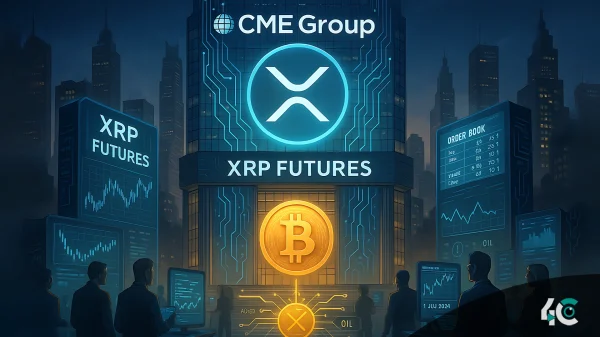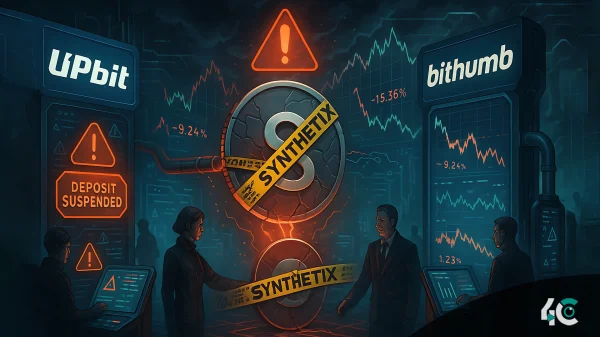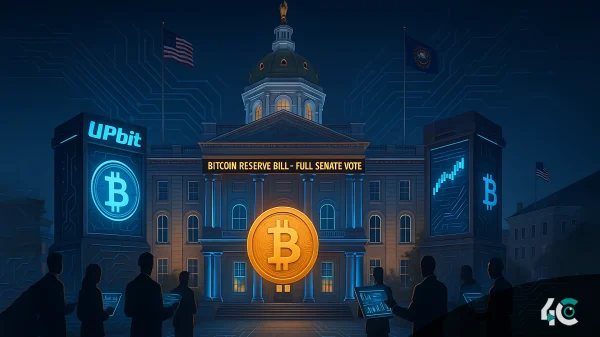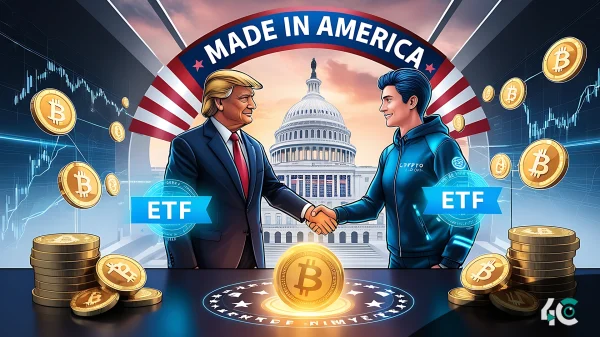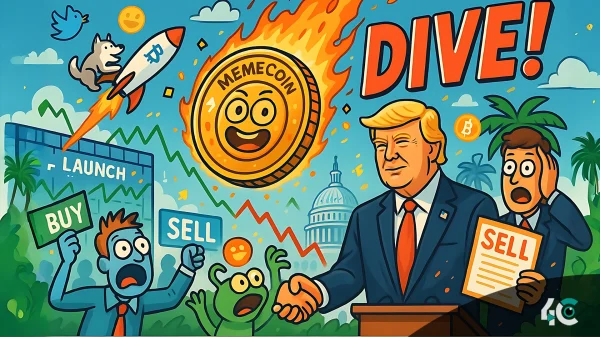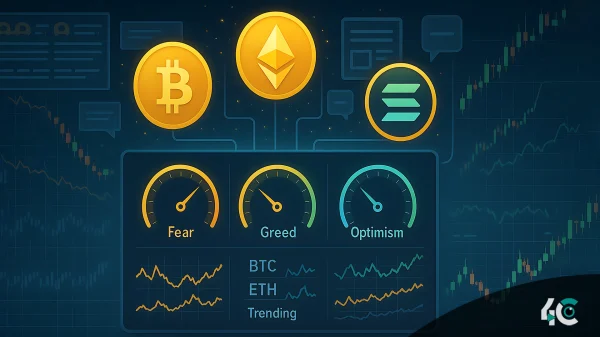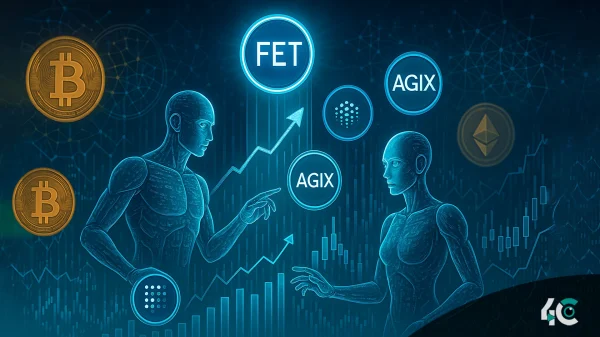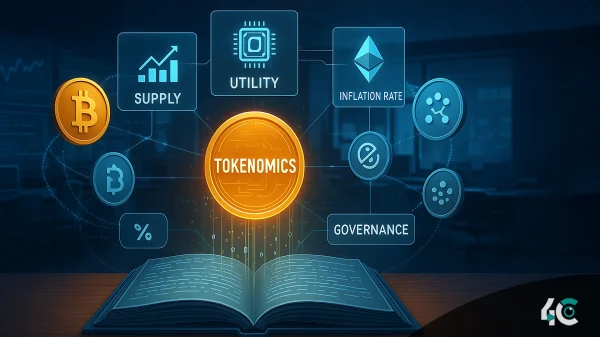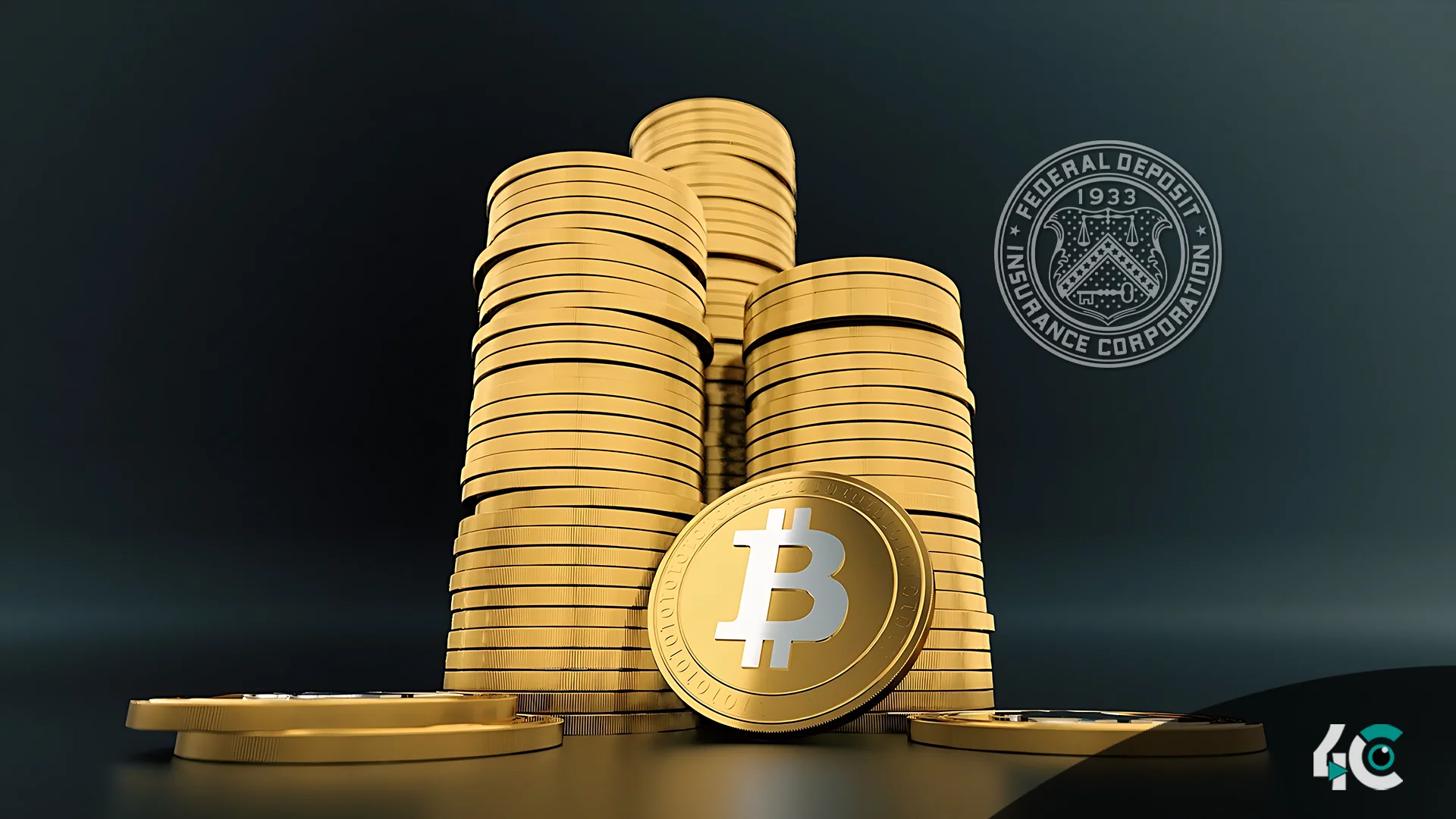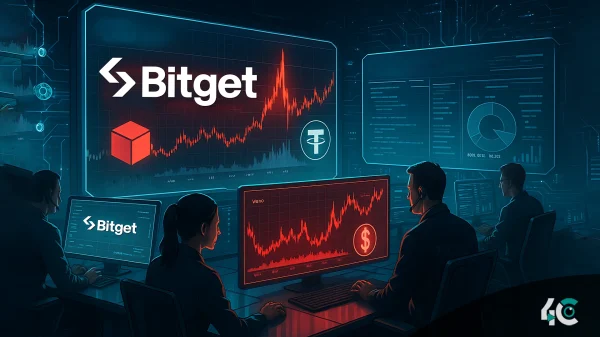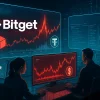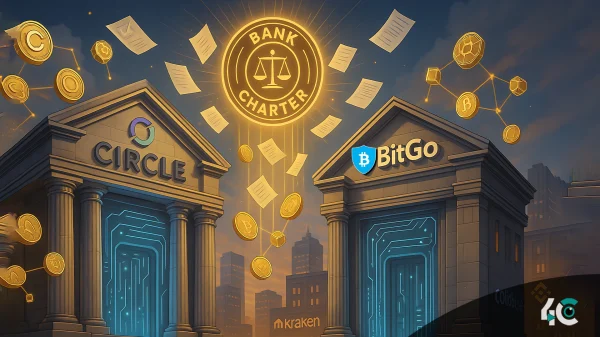According to a new analysis by the Federal Deposit Insurance Corporation (FDIC), underbanked households in the United States used cryptocurrency more frequently than fully banked households in 2023. The poll, which covered 60,000 US households, found that 6.2% of underbanked families used cryptocurrencies, compared to only 4.8% of fully banked households.
The phrase “underbanked” refers to people who have a bank account but rely on other financial services for their everyday requirements, such as payday loans and check cashing. Around 14.2% of American households, or 19 million, fell into the underbanked category in 2023.
Crypto use was more prevalent in households with higher education levels, younger age groups, and Asian and white households. The survey also found income-based differences in bitcoin adoption, with 7.3% of households earning more than $75,000 utilizing cryptocurrency vs. only 1.1% of households earning less than $15,000.
The majority of households that held or used cryptocurrency primarily used it for investment purposes, with only 4.4% using it for online transactions. This tendency suggests that although cryptocurrency offers an alternative financial instrument, its mainstream currency adoption remains restricted.
Crypto usage was less popular among households without bank accounts (referred to as “unbanked”). Only 1.2% of these unbanked families reported using digital assets, as opposed to 5% of banked households. In 2023, 4.2% of U.S. households, or around 5.6 million, were unbanked, meaning they lacked access to both checking and savings accounts.
The FDIC’s data show that many unbanked households continue to rely substantially on cash, with around two-thirds utilizing it entirely for transactions. The remaining unbanked families generally use prepaid cards or online payment services like PayPal, Venmo, and Cash App.
FDIC Chairman Martin Gruenberg commented on the persisting financial access gaps, underscoring the importance of addressing the barriers that minority, low-income, disabled, and single-parent households have when obtaining traditional banking services.


